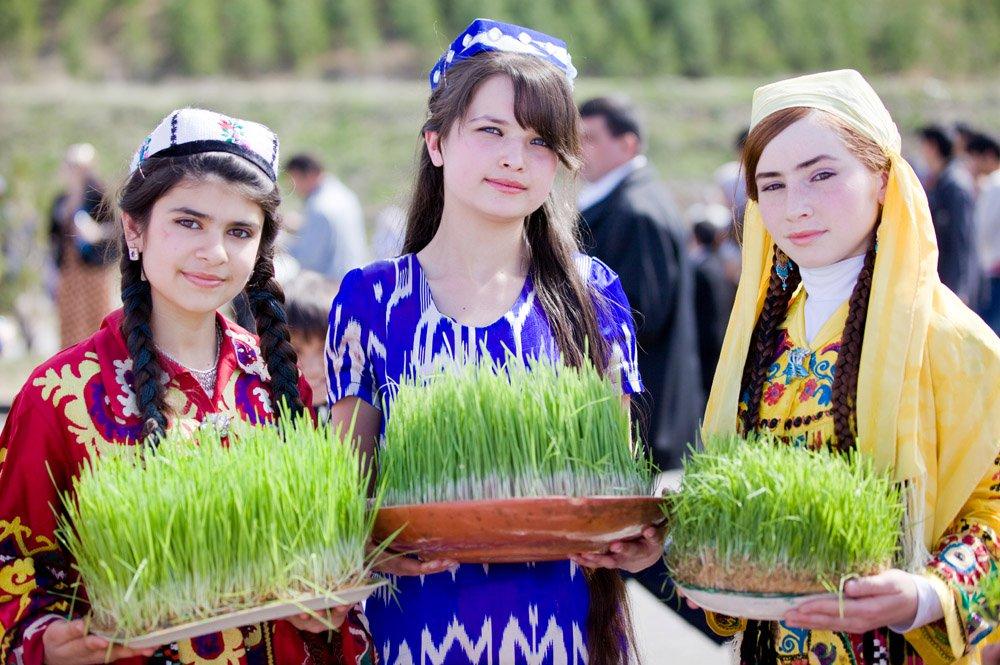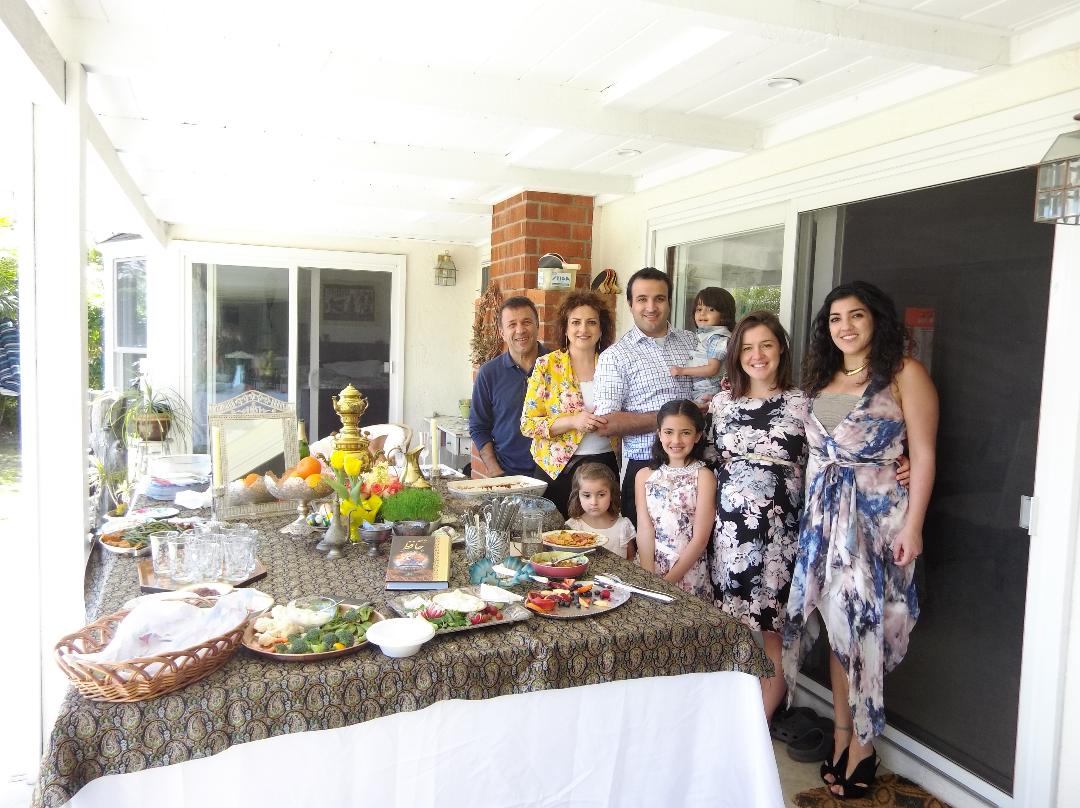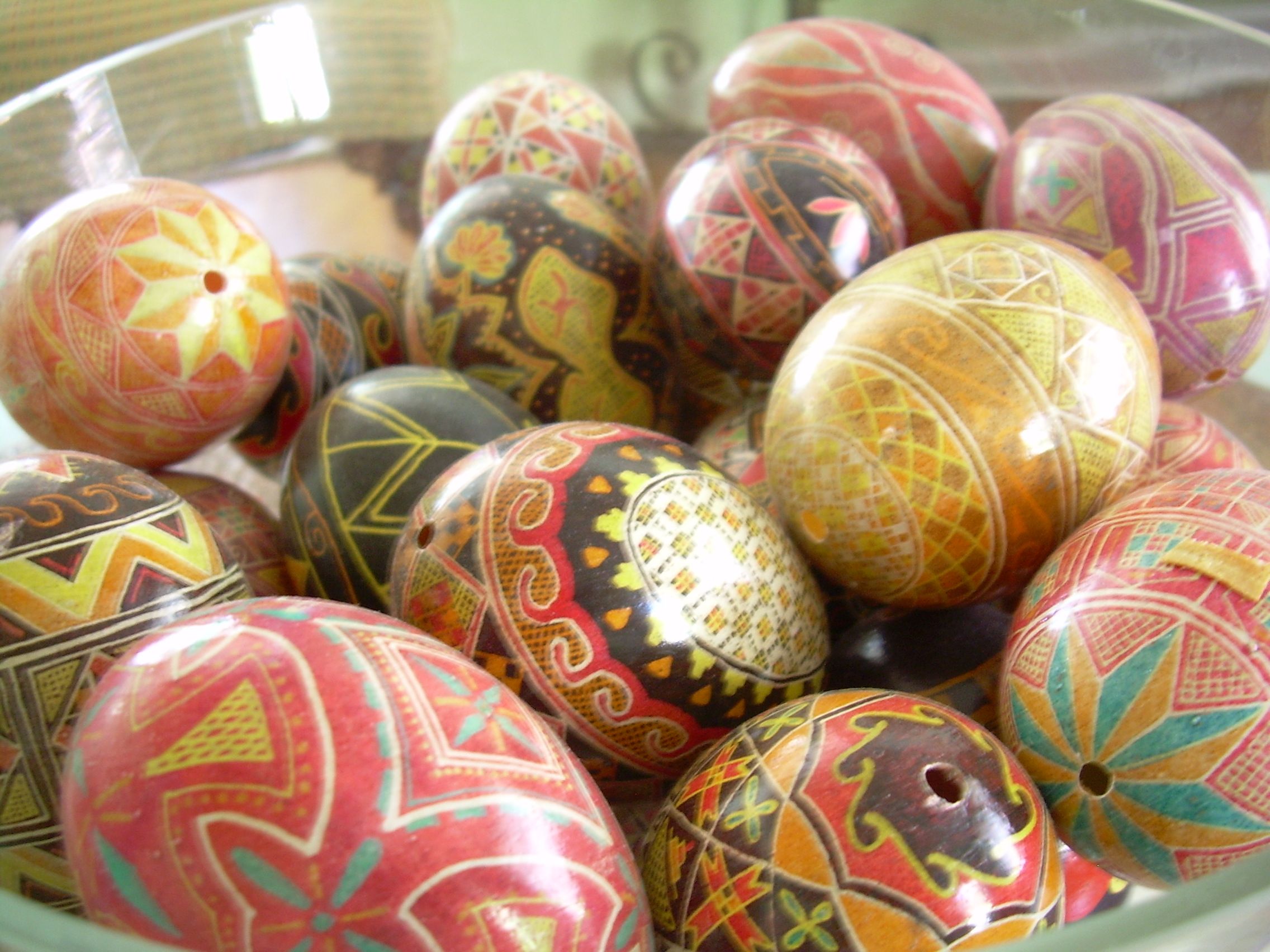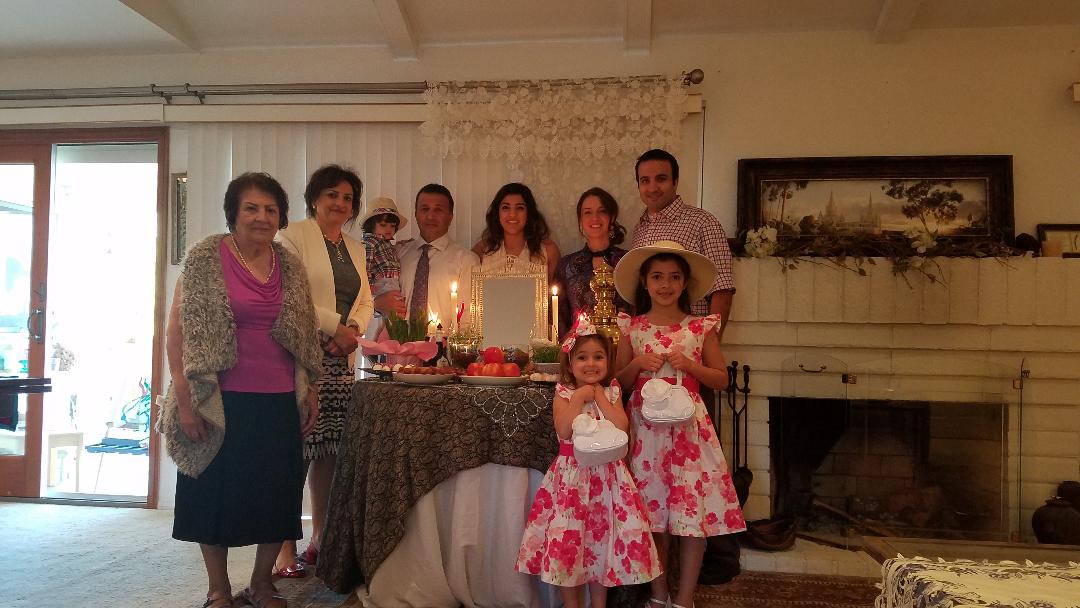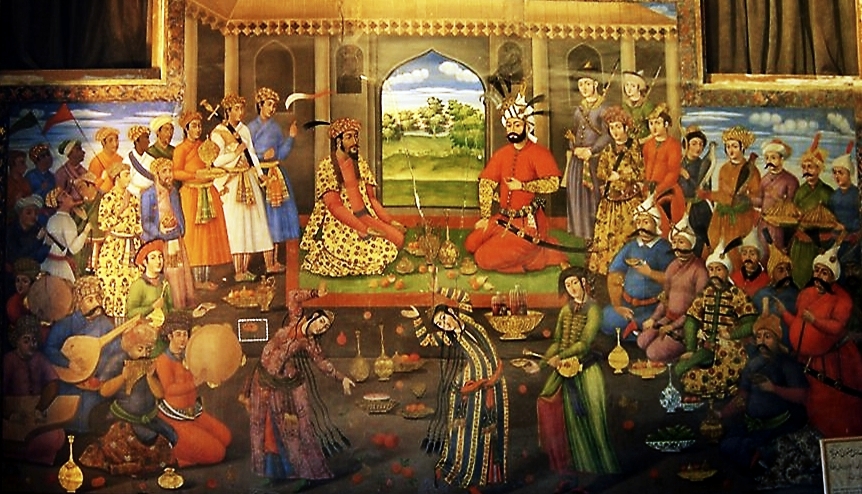Huge thanks to our Field Agent Esther Fox Vasefi for sharing the way her family celebrates the Persian New Year, also known as Nowruz.
Nowruz (pronounced No-rooz) is the day of the vernal equinox, and marks the beginning of spring in the Northern Hemisphere. It is the moment the sun crosses the celestial equator and equalizes night and day is calculated exactly every year, and families gather together to observe traditional rituals in celebration of the New Year.
This is how we celebrate in my husband’s family. Most of the traditions are pretty orthodox, but there are a few aspects thrown in that may be unique to his family. A central part of the celebration is the creation of the “Haft Seen”, meaning “Seven S’s”. It is a beautiful display which usually includes the following symbolic items which begin with S:
“Sabzeh” – sprouted wheat grass, symbolizing nature and new life
“Seeb” – Apple, symbolizing beauty and health (sometimes other fruit is added as well)
“Senjed” – a small, brown dried fruit, symbolizing wisdom or love
“Serkeh” – vinegar, symbolizing the patience and wisdom that comes with age
“Samanu” – a sweet paste made from wheat, symbolizing bravery and fertility
“Sumac” – a spice made of crushed red berries, symbolizing patience and the sunries
“Seer” – Garlic, a symbol of medicine and good health
“Sekeh” – coins, representing prosperity
“Sonbol” – hyacinth, representing spring
Other common items include: mirror, candlesticks and candles, goldfish, Quran or other religious or poetic book, decorated eggs, and sweet pastries, all atop a beautiful and intricate Persian tablecloth.
The Tuesday before Nowruz is Chahar-Shanbeh Suri, a night when people gather and build bonfires and then jump over them chanting something that roughly translates into “give me your red color and take my sickly pallor”. The days leading up to the new year are also full of cleaning. You may also attend one or two Nowruz parties, where you might see dancing, eat lots of Persian food, and dance for hours to exuberant music played at high volume.
A few hours before the moment arrives (which occurs on the vernal equinox and is at a different time of day or night each year), everyone gets fancied up in their new clothes and is sure to be looking their best. The women frequently get their hair and nails done prior to the countdown. The family then gathers around the Haft Seen and listens to a radio broadcast with traditional music, a traditional prayer, poems, and various Nowruz-centric announcements which eventually culminate in a countdown to the new year. When the countdown is over, the radio blasts festive music and everyone embraces. The elders in the family then distribute money or other gifts to the children, you have a boiled egg-cracking war, drink tea, and tell everyone “Eide-shomah Mobarak” (“Happy New Year!”). In our family, my father-in-law often selects a poem by Hafez at random for each person that he reads aloud as a sort of fortune telling. My father-in-law then promptly leaves to buy something new, usually fresh bread, that we eat upon his return. Relatives are called or skyped and pleasantries are exchanged.
“But wait,” you may be thinking, “what is this delightful-sounding egg-cracking war?!” It’s exactly what it sounds like. Everyone grabs a decorated hard-boiled egg, and then two people at a time bang them together. Whoever’s egg emerges from the fight intact goes on to fight again. Eventually, all but one egg should be cracked and the intact egg – and its wielder – are declared the champions.
That evening, a traditional meal is served which consists of white fish and herbed rice, often accompanied by a cool yogurt condiment, pickled garlic, and fresh herbs.
For the next 13 days, people visit their older relatives and friends, where they drink tea, eat pastries, and often receive additional gifts of money or other items. Children are often gifted new clothes, sometimes an entire new outfit and/or new shoes, which for many in the past was likely to be the only new clothes the child might receive all year.
On the 13th day, the celebrations end. Families often go on a picnic to a stream or other body of flowing water to release their sabzeh (sprouted wheat), as a symbol of “letting go” of the misfortunes of the coming year. It was customary for young single people, especially young girls, to tie the leaves of the sabzeh before discarding it, expressing a wish to find a partner. Now people tie the leaves, while expressing (often silently) what they wish for from the coming year.
